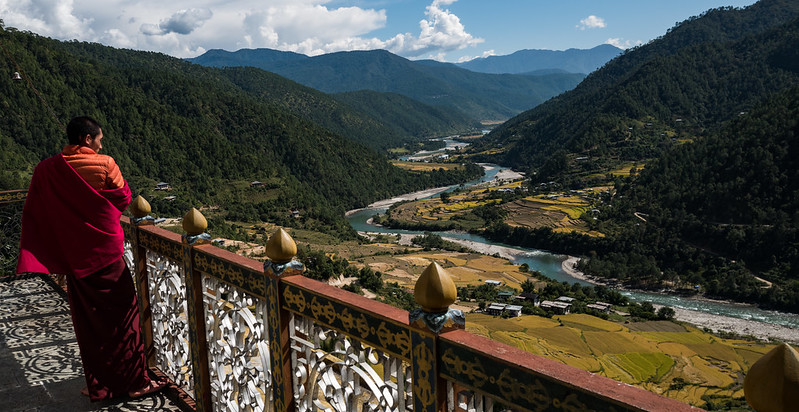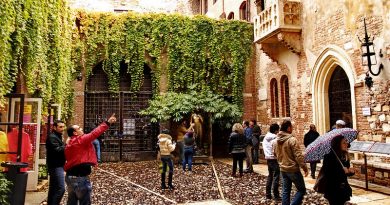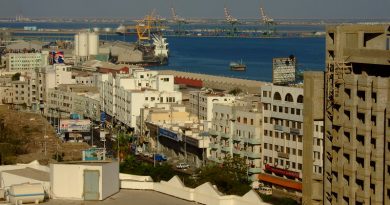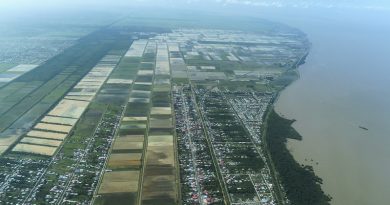The Top 5 Things To See & Do In Bhutan
The Kingdom of Bhutan is one of Asia’s smallest and least-known countries, and also one of the most beautiful. Bordering China, India, India and Tibet, it bears the distinction of being one of the few Asian countries to have never been colonised. Known for its diverse geographical landscape, which includes grandiose mountains and subtropical plains, it is an important country in the history of Buddhism with a number of important monasteries and temples scattered across the country.
Kyichu Lhakang
Arguably the most essential Buddhist temple in the country, Kichu Lhakang is located in the Part District of Bhutan. Built in the 7th Century under the orders of Tibetan Emperor Songsten Gampo, the temple has remained a hugely culturally significant site in the country ever since. Beautiful yet understated, it is
Paro Taktsang
Another significant Buddhist religious site in Bhutan, Part Takstang is known for its spectacular natural backdrop. Located on a cliff face in the Part valley, the temple complex dates back to the late 17th Century. Purportedly built on the site of a cave where Guru Padmasambhava, the founder of Bhutanese Buddhism, meditated for three years, three months, three weeks, three days and three hours, the complex is of major importance to the country’s Buddhist population.
Tashichho Dzong
One of the most iconic buildings in the country, Tashichho Dzong is a major Buddhist monastery on the outskirts of Thimphu, the capital and largest city of the Kingdom of Bhutan. Initially built in 1216 as a monastery by major Buddhist leader Lama Gyalwa Lhanapa, the building’s function has shifted over the centuries. Since 1968, it has served as the seat of the country’s government. One of the most historically and culturally important buildings in the entire country
Punakha Dzong
One of the most beautiful buildings in the entire country, the Punakha Dzong was built nearly 400 years ago in 1637. The second-oldest building of its kind in Bhutan, the Dzong has a rich and extensive history. Having functioned as the Kingdom of Bhutan’s seat of government for many years until 1955, it currently serves as a museum, housing the sacred relics of Tibetan Buddhism. In addition to the wealth of treasures housed inside, the building itself is one of the country’s definitive symbols.
National Museum of Bhutan
In the town of Paro is the country’s most important museum. Opened in 1968, the National Museum of Bhutan mainly focuses on Bhutanese art, exhibiting the country’s finest paintings and bronze sculptures. The collection consists of over 3000 distinct works from a period spanning over 1500 years.




